A neural network was able to evaluate connections between brain structure and clinical data to predict psychiatric disorders in youth.
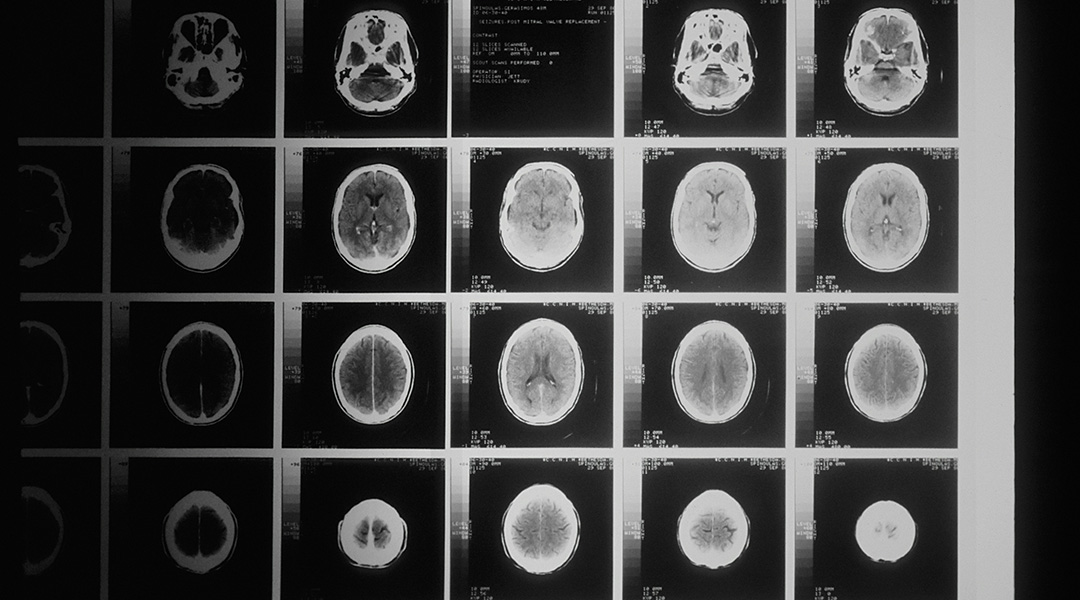


A neural network was able to evaluate connections between brain structure and clinical data to predict psychiatric disorders in youth.
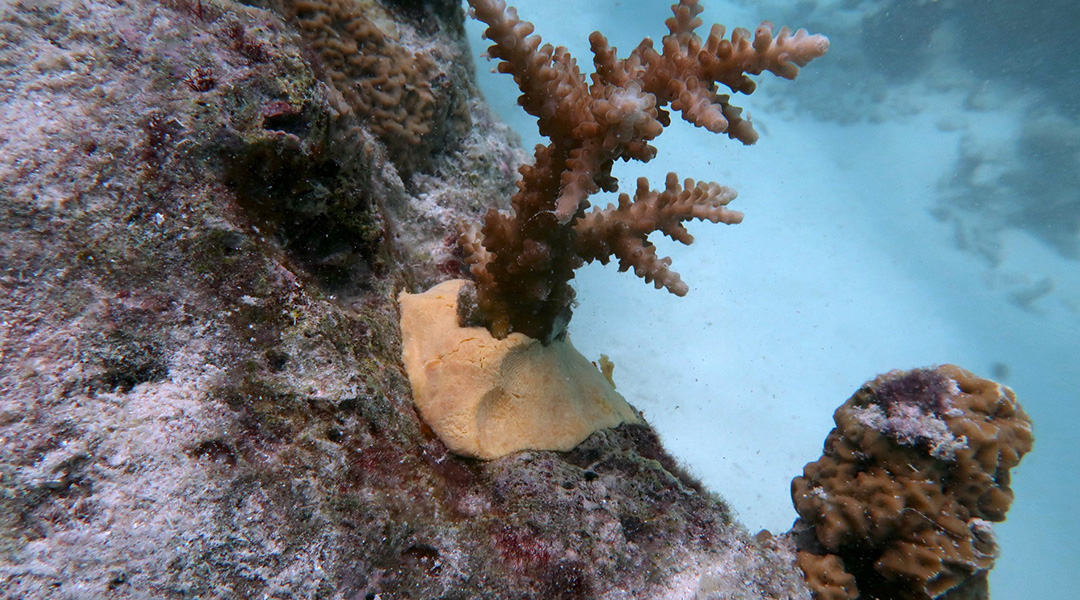
This ocean-safe putty was designed to help seed new coral reefs, offering a much-needed replacement for hardware store products.
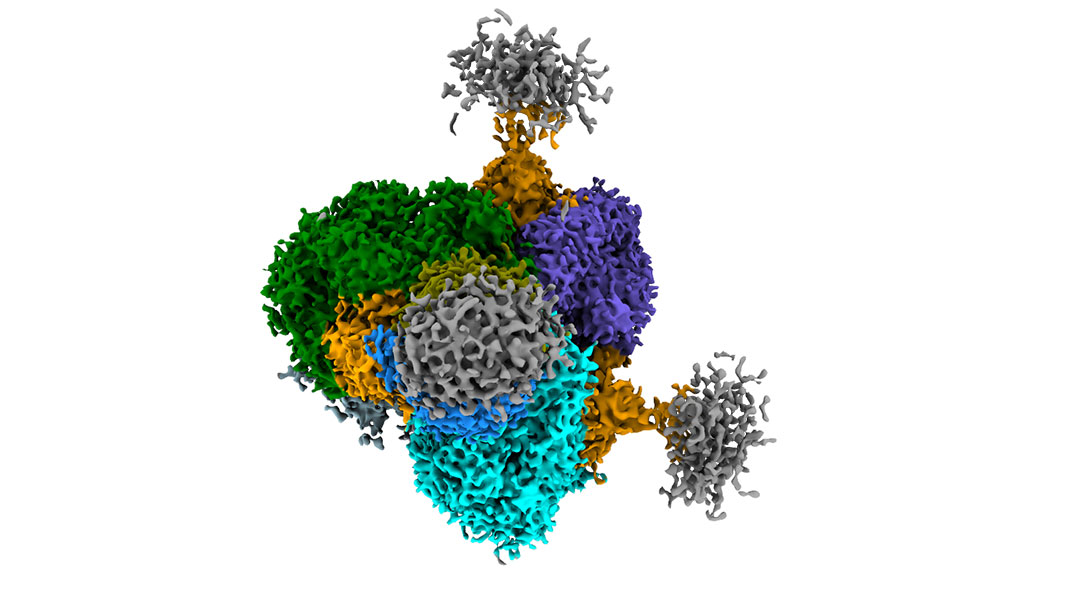
A potent antibody therapy derived from llamas was found to broadly neutralize numerous strains of HIV-1.
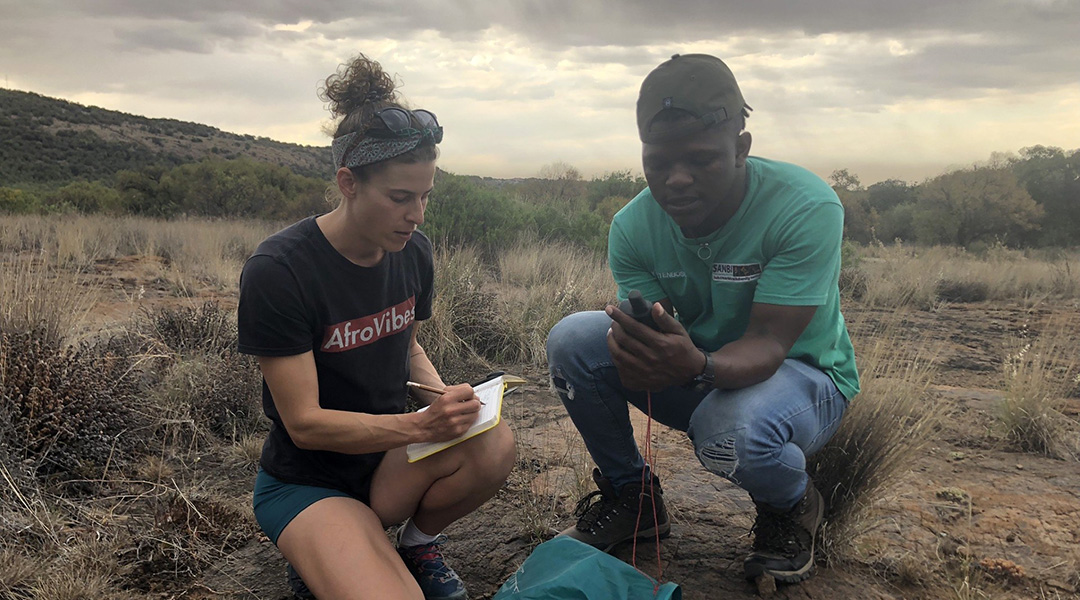
Rose Marks uses her climbing skills in remote regions of South Africa to study how water-deprived plants might help develop drought-tolerant crops.
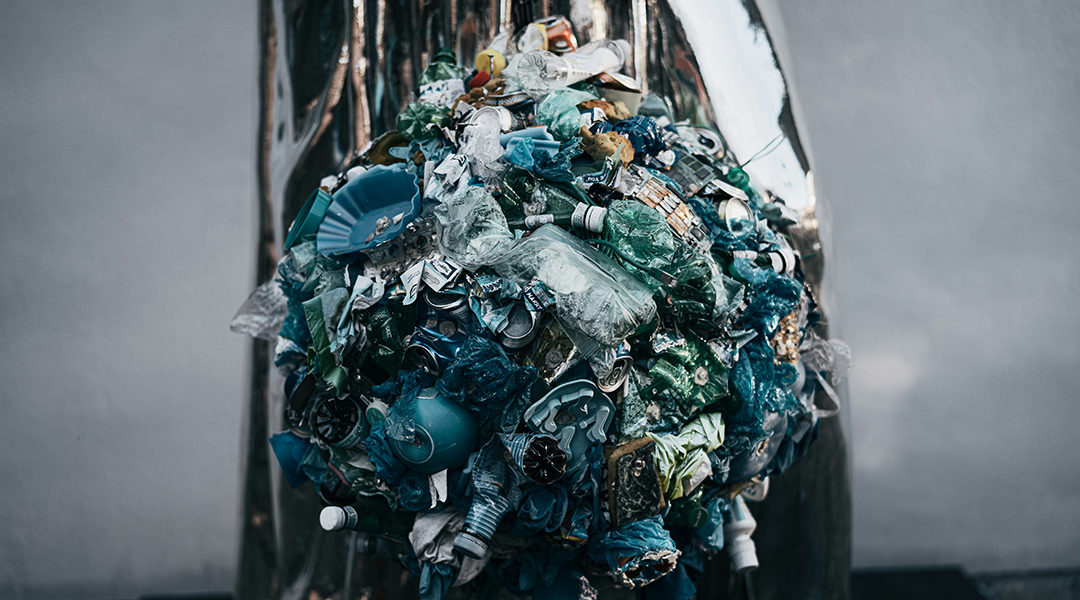
A closed-loop process for making and recycling polycarbonate plastic also captures carbon to reduce waste and cut emissions.
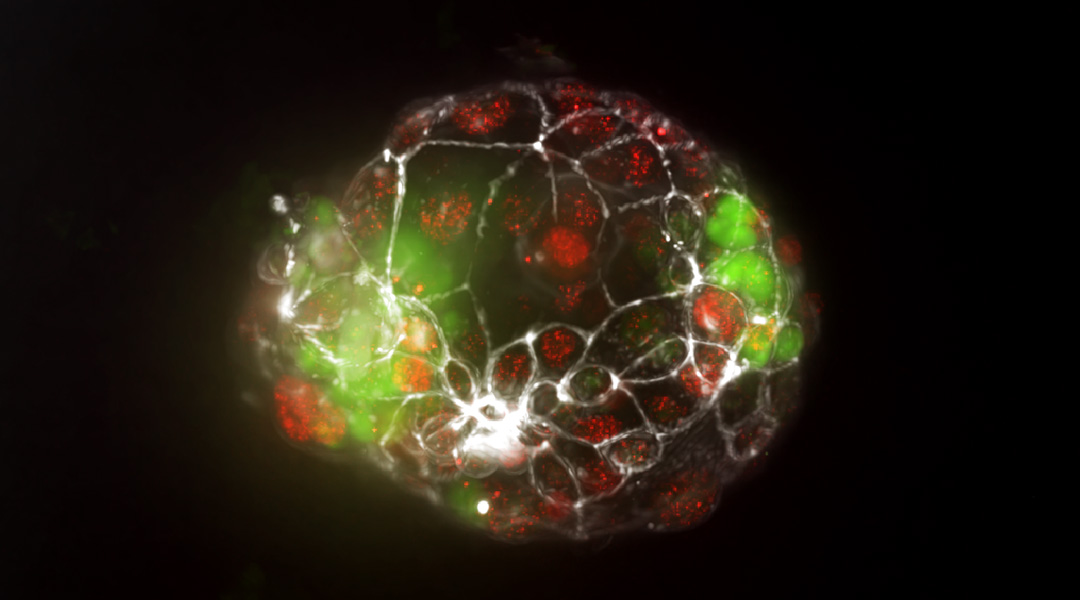
A new organ-on-a-chip model allows researchers to study the splitting of the embryo during pregnancy for the first time.
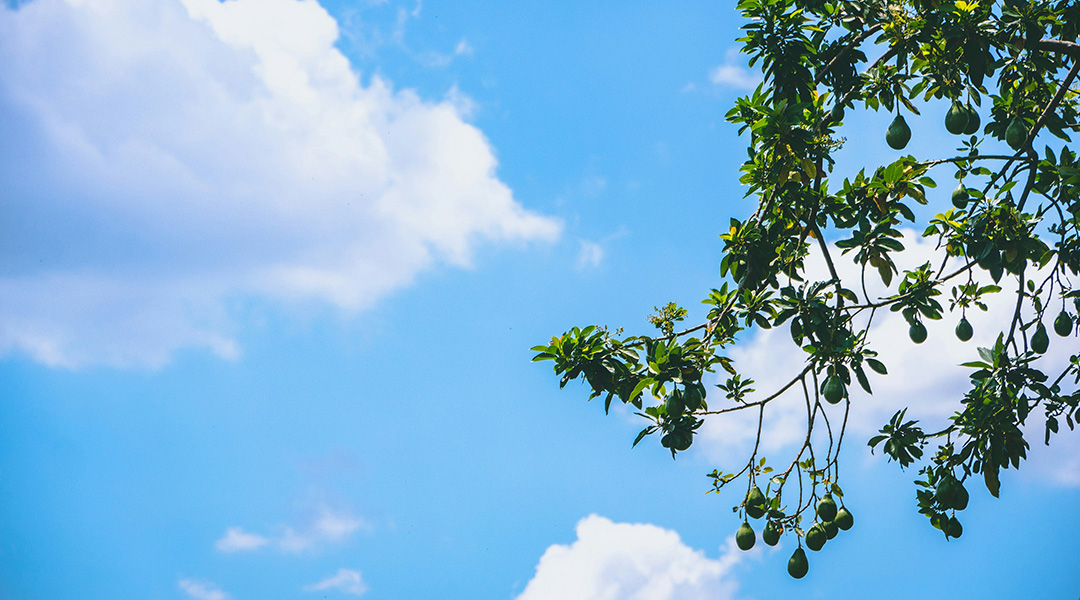
A material derived from avocado pruning waste and bio-polyethylene combines high strength with biodegradability.

A new study finds that amyloid beta, a culprit in Alzheimer’s disease, is important for maintaining a healthy liver.
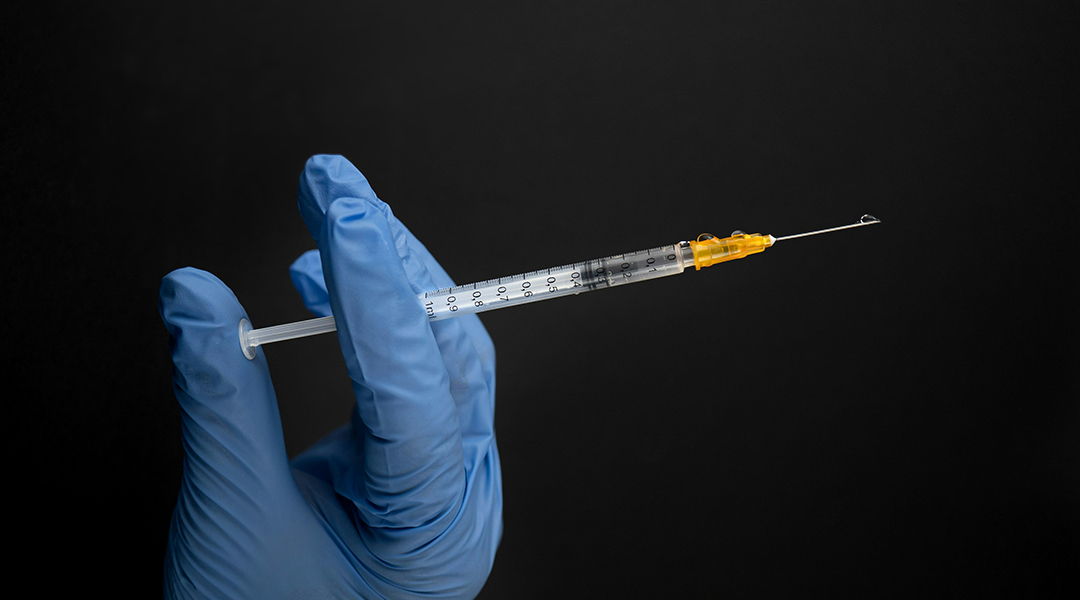
Hydrogel-based microspheres better control the release of drugs, providing better post-op pain relief and fewer side effects.
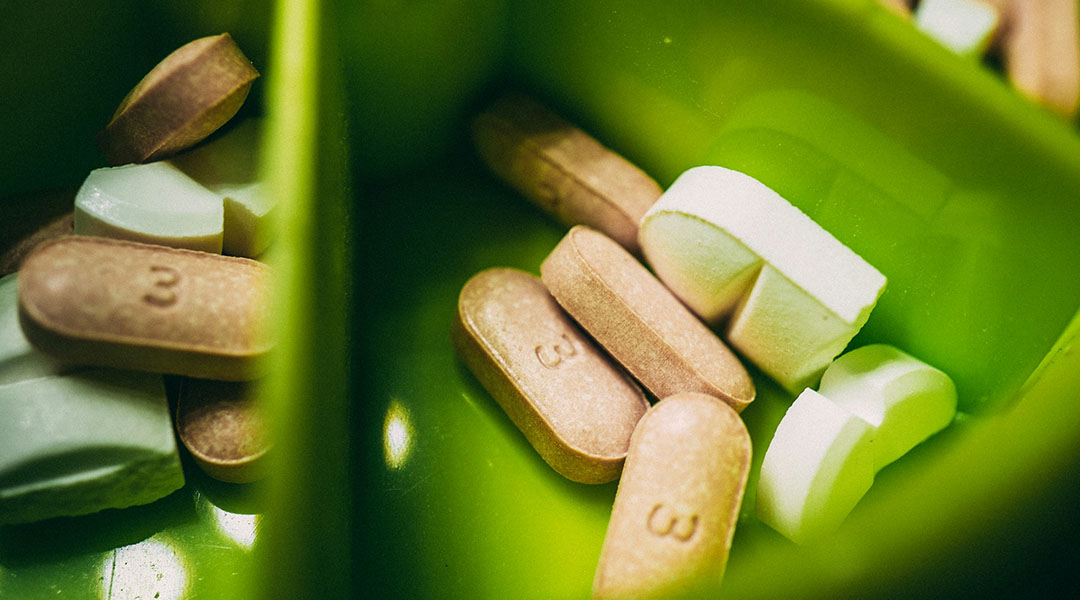
A new study finds that prescription generic galantamine and the over-the-counter supplement are not created equal, despite label claims.